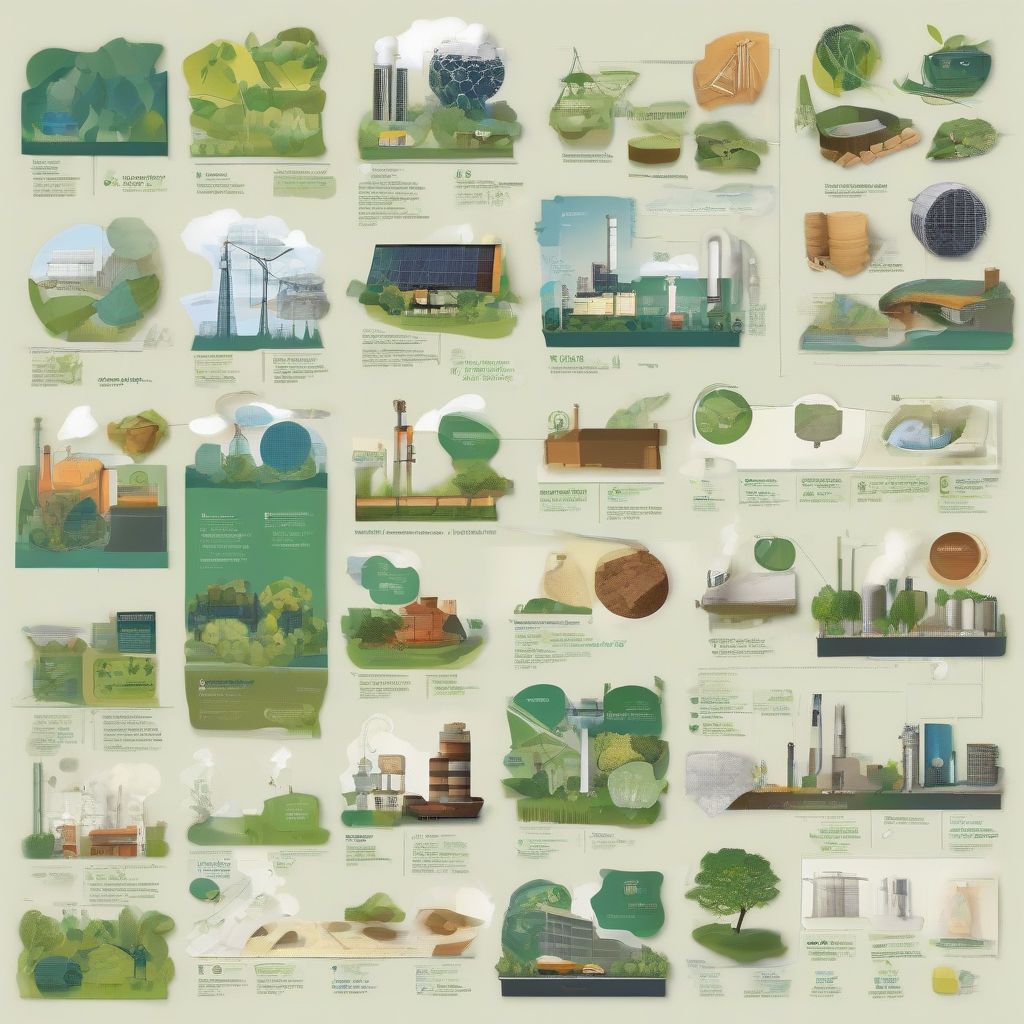Have you ever stopped to think about the environmental impact of the things we use every day? From the clothes we wear to the packaging of our food, the materials we choose have a ripple effect on our planet. Thankfully, there’s a growing movement toward sustainability, and understanding sustainable materials is more accessible than ever. Whether you’re a seasoned eco-warrior or just starting your sustainable journey, this guide will equip you with the best resources to dive deep into the world of eco-friendly materials.
Why Learn About Sustainable Materials?
The answer is simple: our planet depends on it. Traditional materials often rely on resource-intensive processes, leading to deforestation, pollution, and greenhouse gas emissions. Choosing sustainable materials, however, minimizes our environmental footprint and paves the way for a healthier future. By understanding the impact of our choices, we can make conscious decisions that benefit both people and the planet.
Top Resources for Your Sustainable Journey
Ready to embark on your sustainable materials education? Here’s a curated list of resources to guide you:
1. Online Courses and Educational Platforms:
- Coursera: Coursera partners with top universities and organizations to offer a wide array of sustainability courses, including many focused on sustainable materials.
- edX: Similar to Coursera, edX provides access to high-quality courses from renowned institutions, covering topics like circular economy, sustainable design, and bio-based materials.
- FutureLearn: FutureLearn offers a variety of sustainability-focused courses, many of which delve into specific materials and their applications.
2. Organizations and Initiatives:
- The Sustainable Apparel Coalition (SAC): The SAC is a leading organization in the textile industry, driving sustainable practices and offering resources on materials like organic cotton and recycled polyester.
- The Ellen MacArthur Foundation: This foundation is a champion of the circular economy and provides insightful reports, case studies, and learning resources on sustainable material use across industries.
- The Biomimicry Institute: Explore nature-inspired solutions for sustainable design and materials through the Biomimicry Institute’s online resources and educational programs.
3. Books and Publications:
- “Cradle to Cradle: Remaking the Way We Make Things” by Michael Braungart and William McDonough: This groundbreaking book introduces the concept of closed-loop systems and explores the potential of materials to be perpetually cycled.
- “The Upcycle: Beyond Sustainability—Designing for Abundance” by William McDonough and Michael Braungart: This book delves deeper into the principles of “upcycling” and encourages a shift from simply reducing harm to creating positive impacts through design.
- “Sustainable Materials: With Both Eyes Open” by Julian Allwood and Jonathan Cullen: This book provides a comprehensive overview of material sustainability, addressing both environmental and social considerations.
4. Industry-Specific Resources:
- Sustainable Furnishings Council: For those interested in furniture and home goods, the Sustainable Furnishings Council provides guidelines, certifications, and resources on sustainable materials used in the industry.
- Forest Stewardship Council (FSC): Look for the FSC logo on wood and paper products to ensure they come from responsibly managed forests.
- Textile Exchange: Textile Exchange is a global non-profit working to make the textile industry more sustainable. Their website offers a wealth of information on preferred fibers and materials.
5. Blogs, Podcasts, and Online Communities:
- Treehugger: Stay up-to-date on the latest sustainability news, including innovations in materials, with Treehugger’s informative articles and resources.
- The Sustainability Agenda: This podcast features interviews with experts and thought leaders in sustainability, often covering topics related to materials and manufacturing.
- GreenBiz: GreenBiz is a leading media and events company focused on sustainability, offering valuable insights and articles on sustainable materials and business practices.
 Sustainable Materials Guide
Sustainable Materials Guide
[amazon bestseller=”sustainable materials”]
Making Informed Choices: Beyond the Buzzwords
It’s important to note that the world of sustainable materials can sometimes feel overwhelming with buzzwords and marketing claims. Here are some key things to keep in mind:
- Look for Transparency: Seek out brands and manufacturers that are transparent about their supply chains and material sourcing practices.
- Consider the Entire Lifecycle: Think beyond the initial use of a product. How durable is it? Is it recyclable or biodegradable at the end of its life?
- Prioritize Durability: Choosing well-made, long-lasting products ultimately reduces the need for frequent replacements and minimizes waste.
Conclusion: Your Sustainable Journey Starts Now
Learning about sustainable materials is an ongoing journey of discovery. By utilizing the resources outlined here, you can become a more conscious consumer and advocate for a more sustainable future. Remember, every small change we make collectively can contribute to a healthier planet for generations to come. What steps will you take today to make a difference? Share your thoughts and experiences in the comments below!
